How to Disable Offer to Translate Pages in Microsoft Edge?
Microsoft Edge has the Microsoft Translator built into the browser which helps in translating web pages. If the user visits a page that is different than their language, Microsoft Edge will automatically bring up the translator button in the Address bar. However, this feature can be disabled for organizations like schools and colleges. It can also be disabled if the user is not happy to see the translate prompts every time visiting the foreign language web pages. In this article, we will show you methods through which you can easily disable or enable the translate feature in Microsoft Edge chromium.

Disabling Translate Page Feature through Browser’s Settings
The setting for the translate page feature can be found in Microsoft Edge’s settings. This is the default way of disabling the offer to translate pages. This can be enabled and disabled by any user that is using the browser. You can also prevent other users from changing this setting by using the Group Policy Editor and Registry methods. Follow the below steps to check this out:
- Open the Microsoft Edge browser by double-clicking on the shortcut or searching it through the Windows search feature.
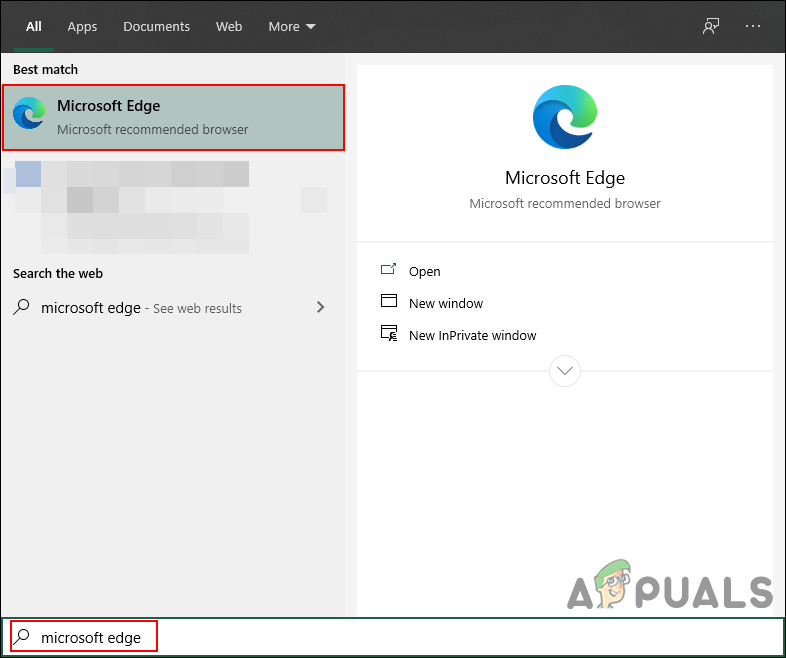
Opening Microsoft Edge - Click on the Settings and more (three dots) icon at the top right and choose the Settings option in the list.
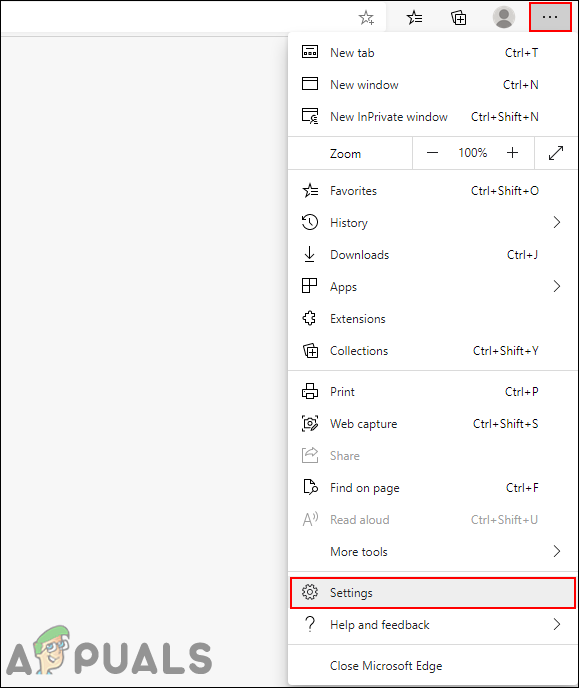
Opening settings of Edge - Select the Languages in the left pane and then toggle Off the “Offer to translate pages that aren’t in a language I read” option.
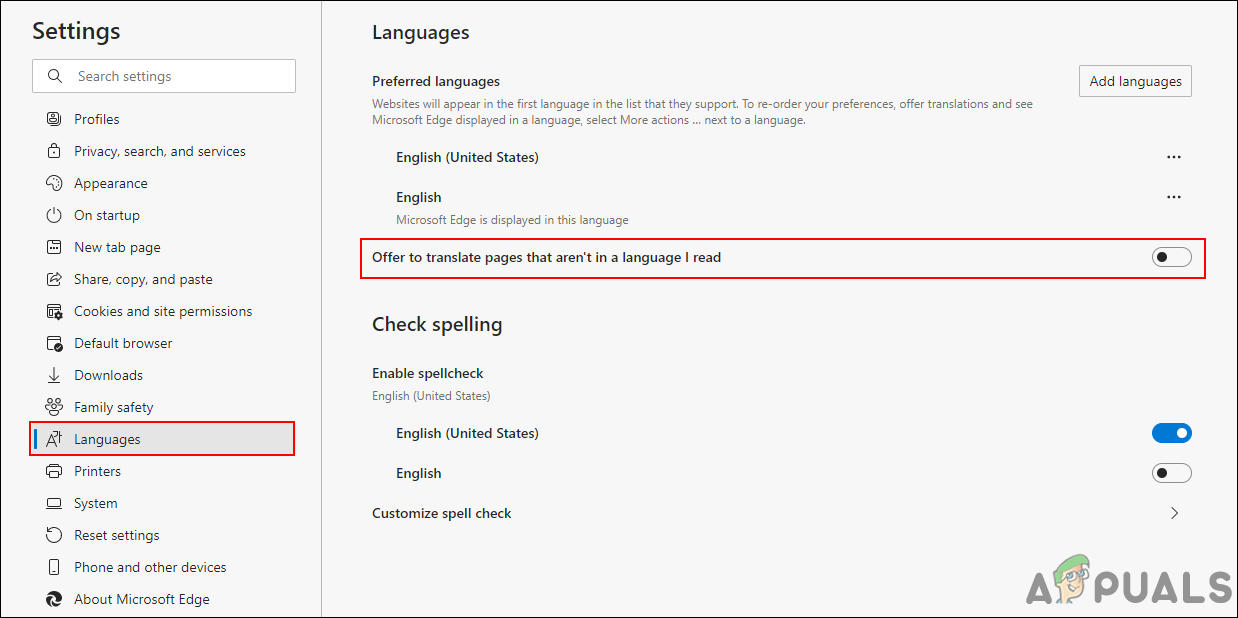
Disabling translate pages feature - This will disable the translate feature in the new Microsoft Edge chromium.
Disabling Translate Page Feature through the Registry Editor
The Windows Registry is a hierarchical database that contains all the settings for the operating system. Even if you don’t have the policy files for the new Microsoft Edge, you can still use the Registry to modify it. However, users will have to create the missing key and value for this setting to work. A single wrong configuration in the Registry can cause issues in the system. However, by following the below steps, you can safely configure the setting for the Microsoft Edge chromium.
- Hold the Windows key and press R to open the Run dialog box. Now type “regedit” and press the Enter key or click on Ok to open the Registry Editor. Click on the Yes button for UAC (User Account Control) prompt.
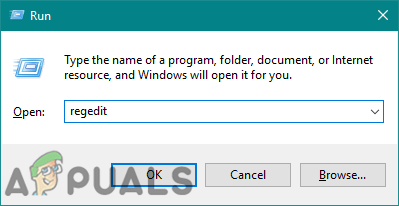
Opening Registry Editor - In the Registry Editor window, go to the following path:
HKEY_LOCAL_MACHINE\SOFTWARE\Policies\Microsoft\Edge
- If the Edge key is missing in your Registry, then right-click on the Microsoft key and choose the New > Key option to create a new key. Rename this key as “Edge“.
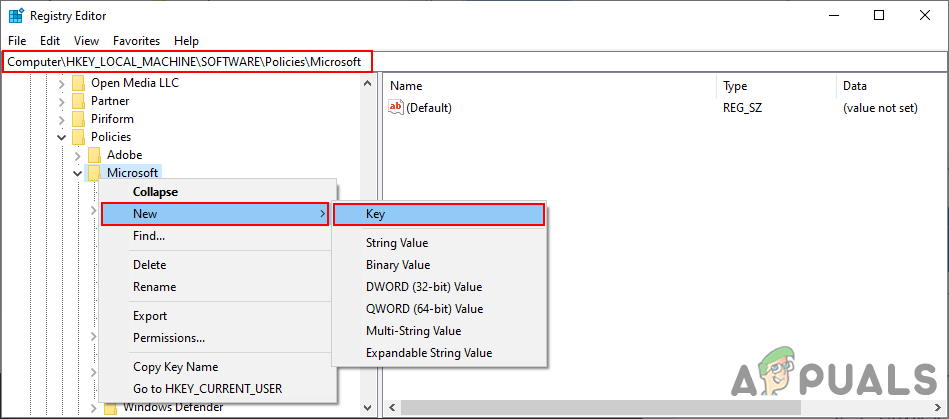
Creating the missing key - Now right-click on the right pane and choose the New > DWORD (32-bit) Value option. Name this value as “TranslateEnabled“.
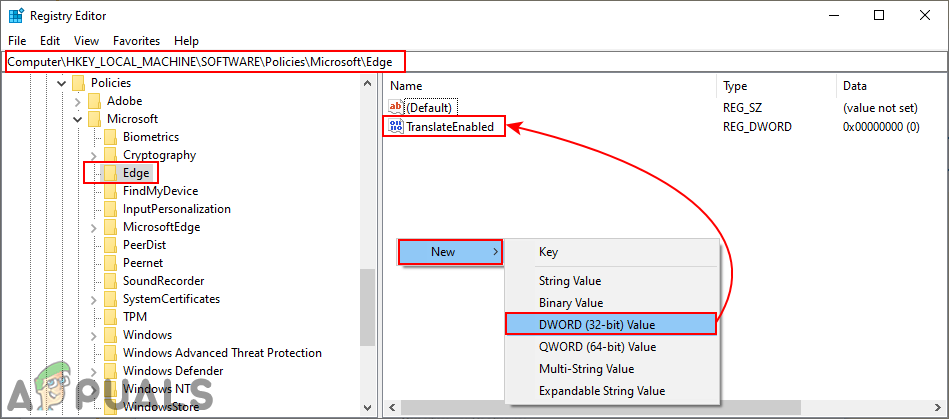
Creating a new value - Double-click on the value to open it and then change the value data to 0.
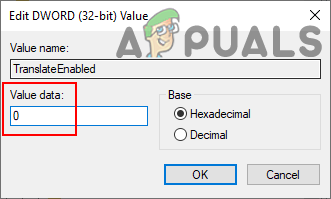
Changing value data - Now to apply these changes, make sure to restart the system.
- You can always enable it back by removing this value from the Registry. You can also just change the value data of this value to 1.
Disabling Translate Page Feature through the Local Group Policy Editor
The policy setting for the new Microsoft Edge chromium may not be available in your system. You will have to download the latest policy files from the Microsoft site. This setting will also disable the function of the toggle option in the browser’s settings.
You can first check in the “Computer Configuration\Administrative Templates\Windows Components\Microsoft Edge” or “User Configuration\Administrative Templates\Windows Components\Microsoft Edge“. if the same setting is available, then use that and skip downloading new policy files in the below steps.
Note: The Group Policy Editor isn’t available for the Windows Home Editions.
- Visit the Microsoft site, select the version details for Microsoft Edge, and click on the GET POLICY FILES to download new policy files.
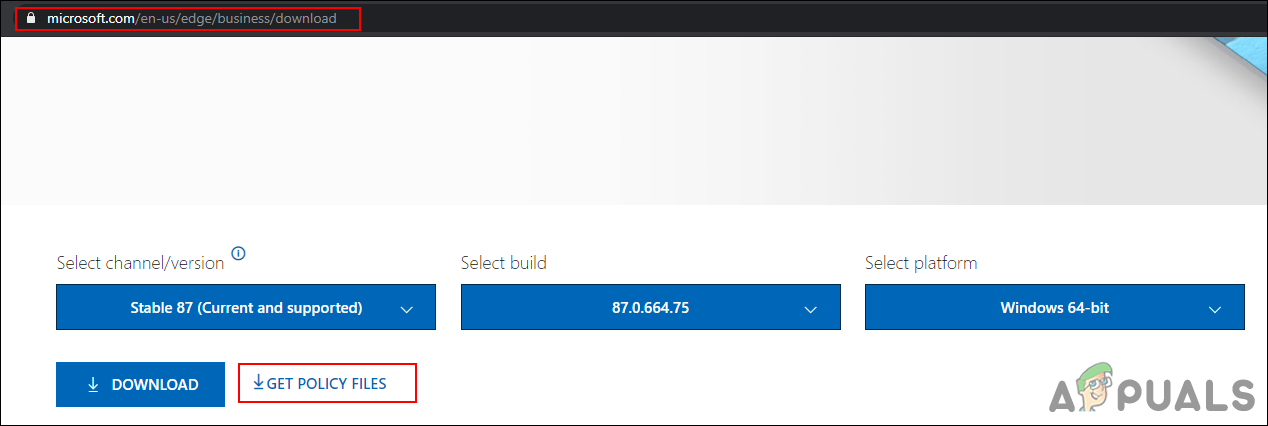
Downloading policy files - Extract the zip file by using the WinRAR or any similar application.
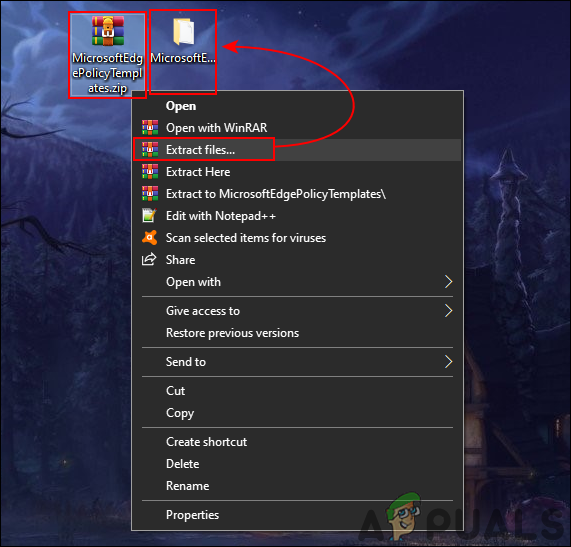
Extracting the zip file - Open the folder and go to “MicrosoftEdgePolicyTemplates\windows\admx” path.
- Now copy the “msedge.admx” and “msedge.adml” files and paste them into the “C:\Windows\PolicyDefinitions” folder.
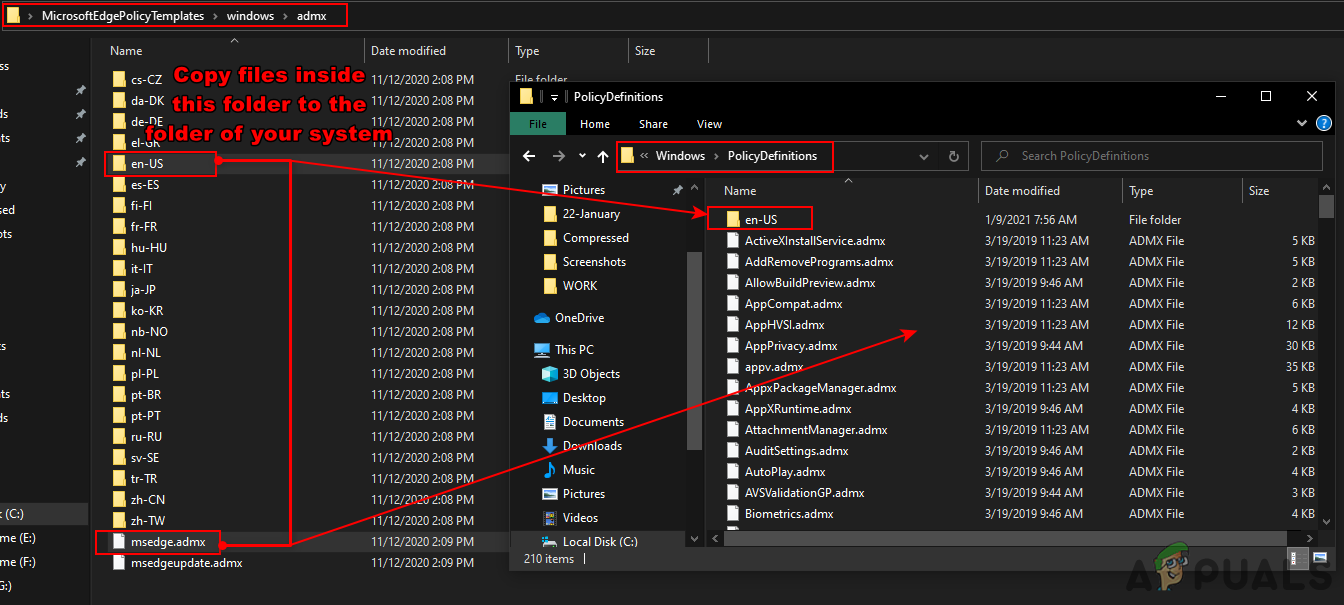
Copying files from download folder to system’s folder Note: The language file should be copied to the language folder.
- These files may not appear in the Group Policy Editor until you restart your system.
- Press the Windows + R key on your keyboard to open a Run box. Now type “gpedit.msc” and press the Enter key to open the Local Group Policy Editor window.
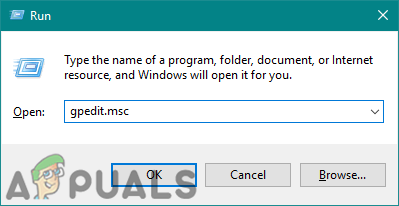
Opening Group Policy Editor - Go to the following path in the Local Group Policy Editor.
Computer Configuration\ Administrative Templates\ Microsoft Edge
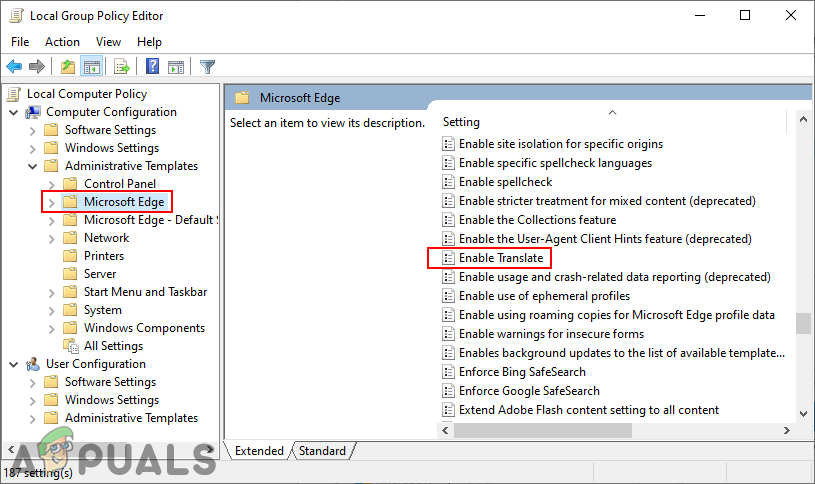
Navigating to the setting - Double-click on the setting named “Enable Translate” and it will open up in another window. Now here you have to change the toggle option from Not Configured to Disabled.

Disabling the setting - Lastly, click on the Apply/Ok button to save the changes. This will disable the translate page feature in the Microsoft Edge chromium.
- You can always revert this back by changing the toggle option back to Not Configured or Enabled in the Group Policy Editor.





